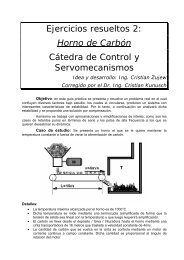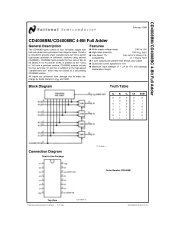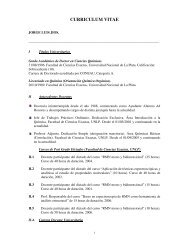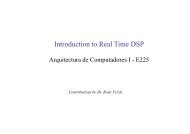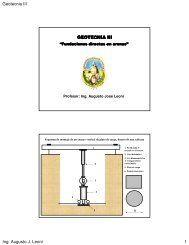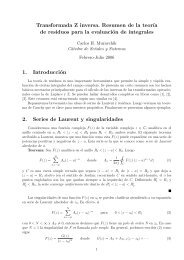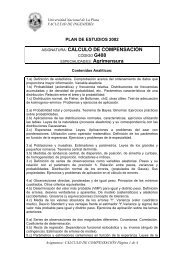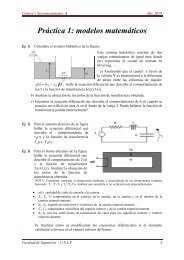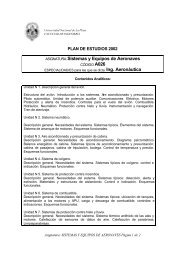ABCs of ADCs - Analog-to-Digital Converter Basics (PDF)
ABCs of ADCs - Analog-to-Digital Converter Basics (PDF)
ABCs of ADCs - Analog-to-Digital Converter Basics (PDF)
You also want an ePaper? Increase the reach of your titles
YUMPU automatically turns print PDFs into web optimized ePapers that Google loves.
DNL1111101010.3 LSB;DNL = –0.7IdealActual<strong>Digital</strong> Output1000110101.2 LSB;DNL = +0.22.2 LSB;DNL = +1.2Missing Code (100)0010001.0 LSB;DNL = 01.3 LSB;DNL = +0.3250 500 750 1000 1250 1500 1750 2000INPUT VOLTAGE (mV)V REF= 2.0V13In an ideal converter, the code-<strong>to</strong>-code transition points are exactly 1 LSB apart. In an 8-bitADC, for example, these changes are separated from each other by 1 LSB, or 1 / 256 <strong>of</strong> fullscale.The difference between the ideal 1 LSB and the worst case actual input voltage changebetween output code transitions is called Differential Non-Linearity.DNL can be illustrated using the transfer function <strong>of</strong> a three-bit DAC shown above. Each inputstep should be precisely 1 / 8 <strong>of</strong> full-scale. In the example above, the first code transition (from000 <strong>to</strong> 001) is caused by an input change <strong>of</strong> FS / 8 (250mV for the 2 Volt reference exampleshown here), where FS is the full-scale input. This is exactly as it should be. The secondtransition, from 001 <strong>to</strong> 010, has an input change that is 1.2 LSB, so is <strong>to</strong>o large by 0.2 LSB.The input change for the third transition is exactly the right size. The digital output remainsconstant when the input voltage changes from 1000mV <strong>to</strong> beyond 1500mV and the code 101can never appear at the output. It is missing. To avoid missing codes in the transfer function,DNL should be greater (more positive) than -1.0 LSB.DNL indicates the deviation from the ideal 1 LSB step size <strong>of</strong> the analog input signalcorresponding <strong>to</strong> a code-<strong>to</strong>-code increment. DNL, a static specification, relates <strong>to</strong> SNR, adynamic specification. However, noise performance can not be predicted from DNLperformance, except <strong>to</strong> say that SNR tends <strong>to</strong> become worse as DNL departs from zero.<strong>ABCs</strong> <strong>of</strong> <strong>ADCs</strong> - Rev 3, June 2006Authored by: Nicholas “Nick” Gray13Copyright © 2003, 2004, 2006 National Semiconduc<strong>to</strong>rCorporationAll rights reserved



